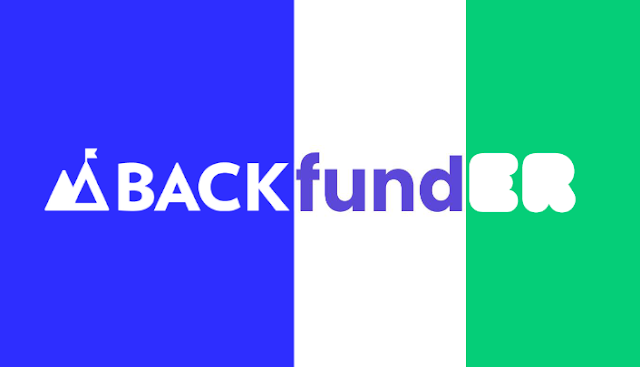For an overview of my methodology, please refer to my original November post. The only additions this month is tracking when campaigns begin and how long they run for.
As always, the raw data are available for you to peruse at your leisure.
The big picture statistics:
- 74 campaigns
- 4 Backerkit
- 0 Crowdfundr
- 70 Kickstarter
- $5,409,307.59 raised
- $4,608,855.66 on Backerkit
- $800,451.93 on Kickstarter
- Types of campaigns
- 6 accessories
- 21 adventures
- 4 campaign settings
- 25 supplements
- 14 systems
- 27 distinct systems used (11 original)
- 31 campaigns (41.89%) used D&D 5E and raised $363,665.69 (6.72% of all money raised in January)
- 19 campaigns featured AI
- 12 of these were D&D 5E campaigns, accounting for 38.71% of all 5E crowdfunding campaigns
Kickstarter's January
The top 5 TTRPG campaigns were:
- Setting Guide to Retia - A D&D 5th Edition Handbook (~$156,000 from 1664 backers) by Nat19
- 2D6 Realm - A Classic Overland Crawler Solo Player Game ($90,829.89 from 1593 backers) by Toby Lancaster
- Wayfinder Compass for Paizo's Pathfinder ($79,370.81 from 695 backers) by TYPE40
- Periodic Table of Elementals, by Catilus ($65,648.46 from 1961 backers) by Catilus
- Evolved - Superhero TTRPG - Powered by DCC RPG ($35,907 from 427 backers) by Eric Bloat
Not the most promising start to the year for Kickstarter, especially after declining revenue from the tabletop category for the second year in a row. I highly recommend reading that article in whole, however, as it shows that there were more successfully funded projects this year than ever before (and that revenue from tabletop campaigns is still above what it was pre-pandemic). Take these trends with a grain of salt when applied to TTRPGs though, as it's almost definitely board games that really fuel the money in that field.
The main campaign of note from January is the physical Wayfinder Compass, which started at AU$135 (equivalent to about US$87.50 at the time of writing) and saw all 5 of its Deluxe Wayfinders (AU$1425/US$925) claimed. This kind of luxury item really sets the upper limit of what some hobbyists are willing to spend (living among the 3-book base set of D&D, scrolls of Fall of Magic/City of Winter, Monte Cook's infamous Black Cube, and the rewards offered from the MCDM RPG that will be discussed later in this post). If I may editorialize briefly, I don't really think these kinds of items are necessarily the best for the hobby as a whole (and this comes from someone who was recently gifted both Fall of Magic and City of Winter at my own request). High-priced luxury items are already status symbols of conspicuous consumption, and the more that this industry is pushed toward that level of production value the more smaller creators will get left behind. They also promote a sunk cost fallacy; having invested a considerable amount (both financially and emotionally) in a game, people might feel like they need to get the money's worth out of that game.
To be perfectly clear, I do not blame TYPE40 for wanting to make this product (though I might slightly blame people for backing it) or Heart of the Deernicorn for making their high quality scrolls. I'm simply identifying something that is already troubling as a trend in terms of the pressures it places on smaller artists/games.
Backerkit's January
This is an easy one, as there were only four campaigns in January:
- The MCDM RPG (~$4,600,000 from 30,177 backers) by MCDM Productions
- One Dollar One Shot - Legend of the Silver Colosseum ($3,876 from 748 backers) by Penny Dragon
- The Dead Mines: Reforged ($3,679.22 from 160 backers) by Dragonshorn Studios
- Dead Wedding A Solo 5e Adventure ($780.44 from 116 backers) by Parts Per Million Limited
Weird month for Backerkit. The MCDM RPG leaves everything else in the dust, helped in no small part by the $500 Ajax Edition of the game (all but 2 of the 1874 offered were claimed). But even those expensive options 'only' raised $937,000, meaning $3,663,520 was raised by roughly 28,303 other backers. As I said before, I feel deeply ambivalent/anxious about these luxury offers, but clearly this campaign did not need the luxury option to drive it to success. This game is going to really be the thing to watch as the campaign begins fulfilment. Will it prove a serious challenge to D&D or just be something of a flash in the pan? If I had to guess, I'd say that this is the beginning of another Paizo-esque challenger: an alternative to D&D that will have its set of devoted adherents but will claim a slice of market share several magnitudes smaller than D&D's.
Conclusions
It's hard to draw large conclusions from this set of data. I suspect that January is always a slow month just because people don't have much energy for running crowdfunding campaigns during the holidays and might be putting money into other places in their life. (Many assumptions going into this - that people live in a country that celebrates Christmas, that they celebrate Christmas, that this changes their behavior - but I think they hold up since Kickstarter is mostly a Western platform to begin with.) I don't feel like doing any graphs this month, but the next installment should be fascinating what with ZineQuest/ZineMonth happening.



